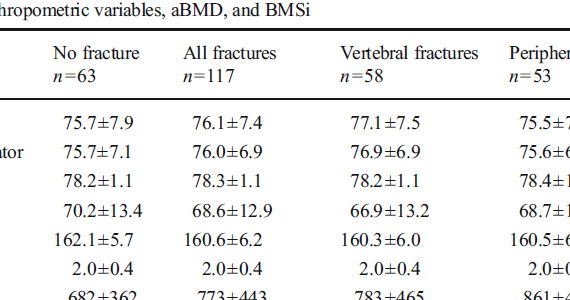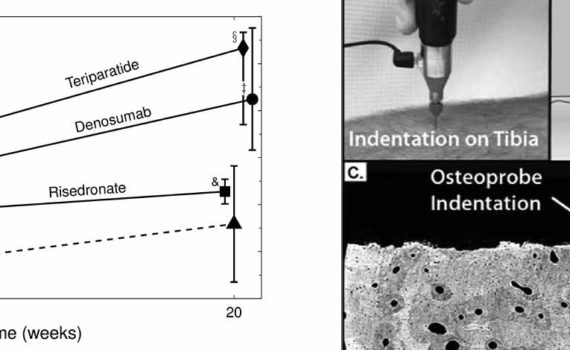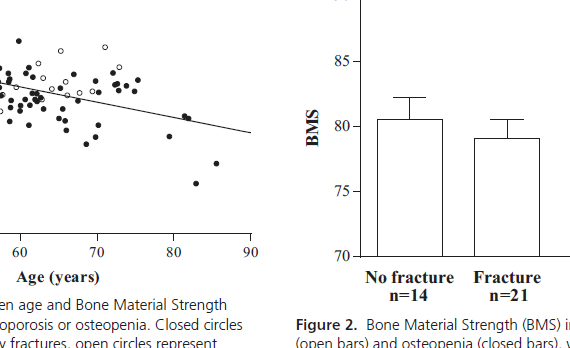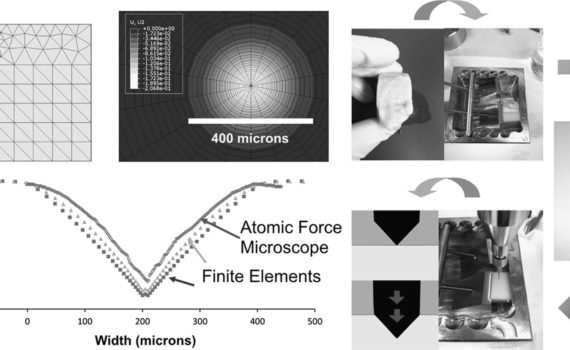Abstract Reference point indentation is a novel method to assess bone material strength index (BMSi) in vivo. We found that BMSi at the mid-tibia was weakly associated with spine and hip areal bone mineral density but not with prevalent fracture in a population-based cohort of 211 older women. INTRODUCTION: Reference […]
OsteoProbe
Abstract Glucocorticoids, widely used in inflammatory disorders, rapidly increase bone fragility and, therefore, fracture risk. However, common bone densitometry measurements are not sensitive enough to detect these changes. Moreover, densitometry only partially recognizes treatment-induced fracture reductions in osteoporosis. Here, we tested whether the reference point indentation technique could detect bone […]
Abstract CONTEXT: Bone mineral density (BMD) does not fully capture fracture risk as the majority of fractures occur in patients with osteopenia, suggesting that altered bone material properties and changes in microarchitecture may contribute to fracture risk. OBJECTIVE: This study aimed to evaluate the relationship between bone material strength (BMS), […]
Abstract Although patients with type 2 diabetes (T2D) are at significant risk for well-recognized diabetic complications, including macrovascular disease, retinopathy, nephropathy, and neuropathy, it is also clear that T2D patients are at increased risk for fragility fractures. Furthermore, fragility fractures in patients with T2D occur at higher bone mineral density […]
Abstract In an attempt to study the mechanical behavior of bone under indentation, methods of analyses and experimental validations have been developed, with a selected test material. The test material chosen is from an equine cortical bone. Stress-strain relationships are first obtained from conventional mechanical property tests. A finite element […]





